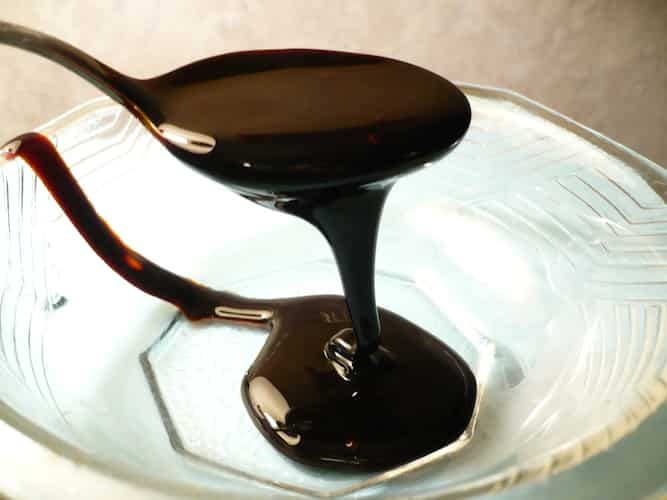If you’ve enjoyed a creamy hollandaise over your eggs Benedict or felt the crunch of salad leaves and croutons in a richly dressed Caesar salad, the one thing you should know is the secret behind these sauces, that get their luxurious mouthfeel through a process called emulsification. To put it simply, emulsification is the process of oil and acid binding together, more specifically bound together by an emulsifier whose water and fat-based molecules help in acting as a bridge between the oily and acidic substance in a recipe.
For an emulsification process to be successful, two factors play an important role – the emulsifier and force, in the form of blending or whisking. What this does is dispense the emulsifier across the mixture equally, thus keeping everything from separating or retreating into their original forms. Often times, we find emulsifiers in most junk food we consume but did you know that common pantry items that we find at home can also provide the same function and also add flavour to food. Here is a list of these emulsifiers that you can use to upgrade the flavours in your meals.
Mayonnaise

As interesting an ingredient mayonnaise is to cook with, traditional methods of making it also involves an emulsification process. Using regular or light mayo work fine in dressings as well as acting as one of the agents keeping the sponge for cake moist. While you could also add mayonnaise to emulsify dips as well as add to salad dressings, both, regular and light mayonnaise work well as emulsifiers.
Honey

Image Credits: Shutterstock
While most types of honey work well in dressings, baked goods as well as to add to sauces, it is important to note that the underlying flavour of honey may or may not affect then final output of your dish. Honey varieties like buckwheat honey have an intense flavour, which might make it challenging to use in most dishes that require no more than a sweet flavour.
Mustard

Image Credits: Leite's Culinaria
The vinegary, pungent condiment that is liberally drizzled over almost all savoury things, mustard is one of the best options to use as an emulsifier. Whether it is a bearnaise sauce or a creamy and umami dressing for your salad, mustard not just adds flavour but also cuts through the richness of most sauces and balances out the overall taste.
Molasses

Image Credits: Wikimedia Commons
This smoky, sweet condiment that is often used to bake pies, cakes and cookies brings a flavour that is almost liquorice in taste. Molasses has a syrupy, glossy texture that blends the water molecules present in a recipe to the fat molecules seamlessly as well as caramelise the already-present sugars to give it a burnt sugar flavour that isn’t unpleasant.


